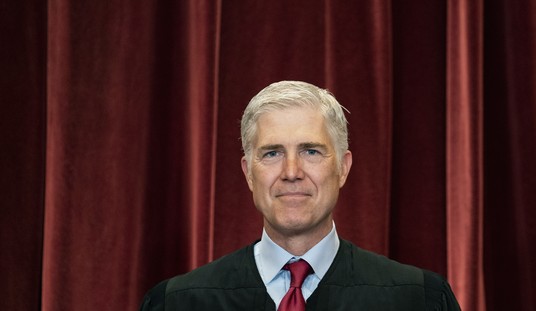When I was a kid and first fell in love with dinosaurs, they were lumbering, cold-blooded beasts who died of stupidity. So much of the past keeps changing:
Carrying around an exoskeleton of bony armor is hard work. But armored ankylosaurs figured out a way to shoulder the load and stay cool. These Cretaceous dinosaurs had “Krazy Straw” nasal passages that helped them air-condition their brains, according to a new study.
“These heads are just covered with bone they just look like rocks with eyes. And yet, when you look inside, they have these noses that go all over the place,” said Jason Bourke, a doctoral student at Ohio University who presented his findings on ankylosaurus noses Nov. 8 at the annual meeting of the Society for Vertebrate Paleontology in Berlin.
It gets better:
The airway discovery is interesting, Bourke said, because most modern mammals and birds have their own method for warming air headed to the lungs and for cooling exhaled air: They have respiratory turbinates, or blood-rich structures in the nasal cavity that warm and humidify the air coming in.
“This is the first time we’ve been able to show that an animal that doesn’t have these turbinates found another way around heating the air up or cooling it down, just by making the airway superlong and then curling it around,” Bourke said.
Duck-billed dinosaurs, or hadrosaurs, have similarly loopy noses, he said, which have been linked with helping the dinos create resonant bellows. It’s very likely that, in both hadrosaurs and ankylosaurs, the structures served a dual purpose: warming and cooling air, and amplifying sounds, Bourke said.
I’d like to see one of these skulls 3-D printed into the world’s biggest, loudest conch shell.
******










Join the conversation as a VIP Member